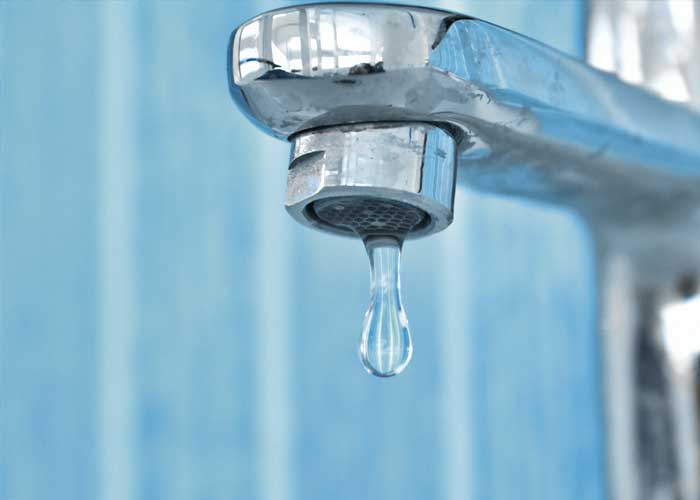Here is a list of the 10 most common contaminants present in tap water in western countries. Not many people are aware of them, it’s important to know their potential impact on you and your family’s health. This can especially be insightful for people who often or only drinks from tap water,

1. Chlorine and Chloramines
- Source: This is something added by municipalities during water treatment to kill bacteria and viruses.
- Potential Health Effects: Long-term exposure can cause skin irritation, eye problems, and unpleasant taste. Chlorine byproducts, like trihalomethanes (THMs), have been linked to cancer and reproductive issues.
- Source: EPA | CDC
2. Led
- Source: This can unfortunately be present due to leaching from lead pipes, solder, and plumbing fixtures.
- Potential Health Effects: Extremely harmful to children, causing developmental delays, neurological damage, and kidney problems. It can also cause high blood pressure and other health issues in adults.
- Source: EPA | World Health Organization (WHO)
3. Arsenic
- Source: Arsenic is naturally occurring in groundwater, but also from industrial processes or agricultural runoff.
- Potential Health Effects: Prolonged exposure to arsenic can cause skin cancer, lung cancer, and bladder cancer. It can also lead to developmental issues, neurological damage, and cardiovascular diseases.
- Source: EPA | CDC
4. Nitrates and Nitrites
- Source: Fertilizers, agricultural runoff, and sewage systems.
- Potential Health Effects: High levels of nitrates in drinking water can cause methemoglobinemia (blue baby syndrome) in infants, which reduces the ability of blood to carry oxygen. Long-term exposure may cause cancer.
- Source: CDC | EPA
5. Pesticides and Herbicides
- Source: These are come from unfortunate runoffs from the agricultural industry originating from fields and urban landscapes.
- Potential Health Effects: Pesticides and herbicides can disrupt hormonal systems, affect reproduction, and increase cancer risks. They can also contribute to developmental issues and neurological damage.
- Source: WHO | EPA
6. Per- and Polyfluoroalkyl Substances (PFAS)
- Source: These can come from various sources including, industrial use in nonstick cookware, waterproof clothing, and firefighting foams
- Potential Health Effects: PFAS are linked to cancer, liver damage, thyroid disease, and developmental delays in children. They are known as “forever chemicals” because they don’t break down in the environment or the body.
- Source: EPA | CDC
7. Mercury
- Source: Mercury can naturally arise but also come from industrial activities such as mining and fossil fuel combustion.
- Potential Health Effects: Mercury can cause neurological and kidney damage, particularly in pregnant women and young children. High levels can also impair the immune system.
- Source: CDC | WHO
8. Microbial Contaminants (e.g., Bacteria, Viruses, and Parasites)
- Source: Waterborne pathogens can be present in your tap water, these can come from sewage leaks, agricultural runoff, or inadequate water treatment.
- Potential Health Effects: These water contaminants can lead to gastrointestinal diseases, including diarrhea, nausea, vomiting, and fever. Pathogens like E. coli and Cryptosporidium are common culprits.
- Source: EPA | CDC
9. Fluoride
- Source: Fluoride that is also present in toothpaste is added to municipal water supplies to reduce cavities.
- Potential Health Effects: While low levels are beneficial for dental health, excessive fluoride can lead to dental fluorosis, skeletal fluorosis, and other bone issues.
- Source: CDC | WHO
10. Volatile Organic Compounds (VOCs)
- Source: These can often come from industrial solvents such as, household cleaning products or even from fuel spills.
- Potential Health Effects: VOCs can cause liver and kidney damage, impair the central nervous system, and some are known carcinogens. Long-term exposure increases the risk of cancer and organ damage.
- Source: EPA | WHO
Summary:
Tap water in many Western countries can contain various harmful contaminants that may pose serious health risks over time. Thankfully various inexpensive testing solution exist, that can help you understand which chemicals are present in your tap water. This will subsequently provide you with the information you need to select the most adequate water filtration system. However if you are still concerned and want expert advice we recommend speaking with a local water quality expert or your local water authority to get more information. They can provide you with specific recommendations based on your local water quality report.
